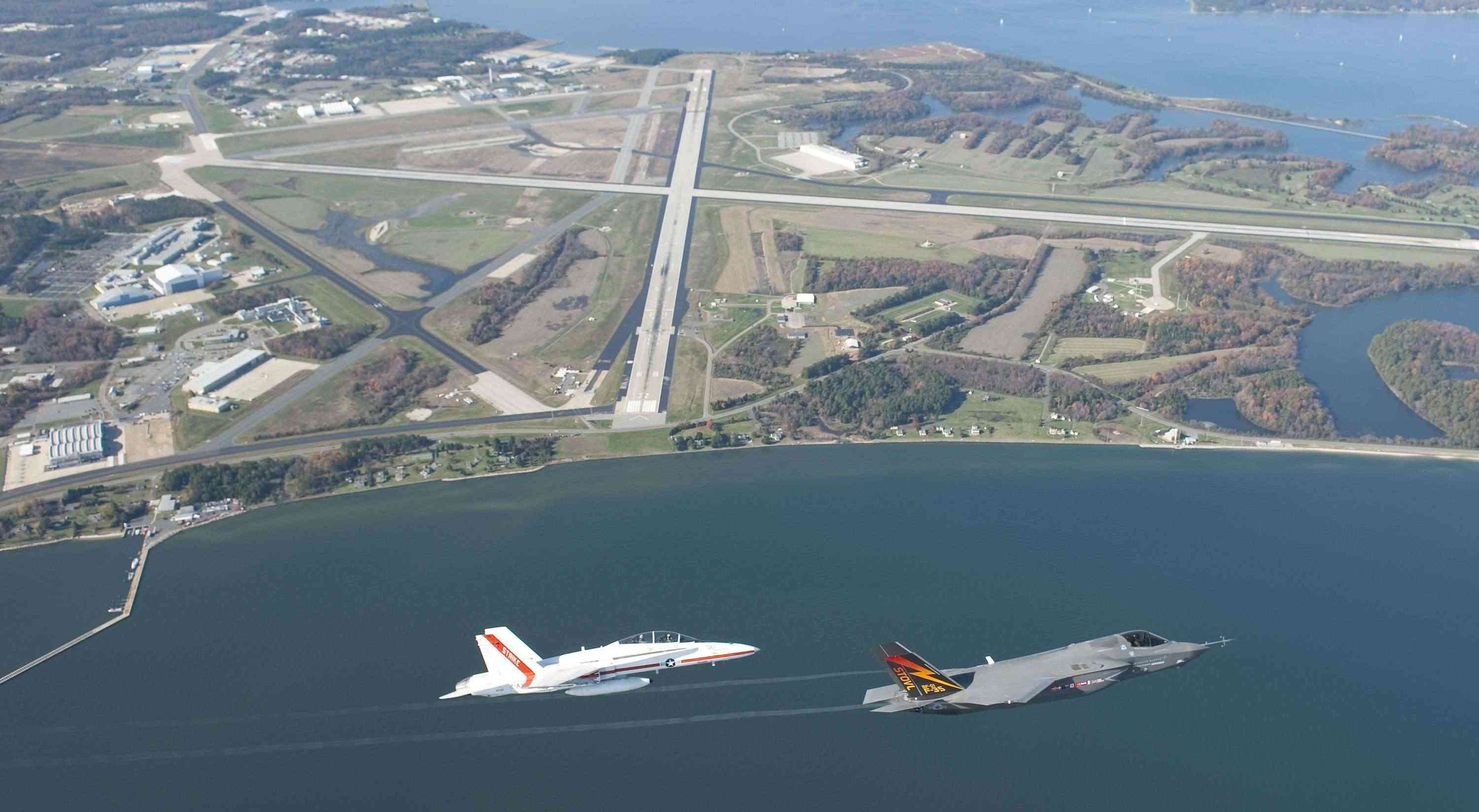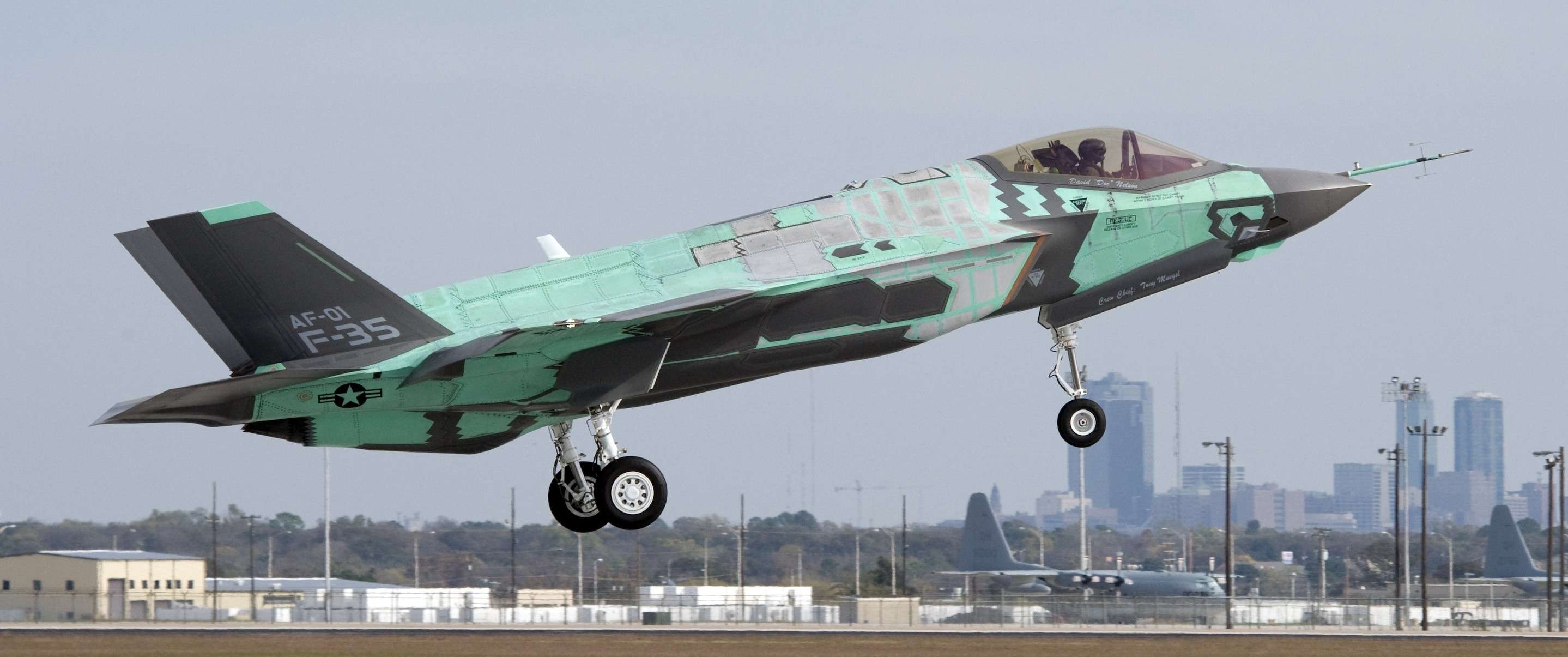http://www.flightglobal.com/articles/2009/09/13/332248/pratt-whitney-investigates-new-fan-blade-glitch-for.html
Pratt & Whitney investigates new fan blade glitch for F135
By Stephen Trimble
Pratt & Whitney is investigating how a "handful" of fan blade tips damaged an F135 engine during a ground test simulating the Lockheed Martin F-35's engine performance at supersonic speeds.
The programme's latest technical issue comes amidst a heated debate between the White House and Congress about continuing to fund the F135's rival engine - the General Electric/Rolls-Royce F136.
The new problem also comes amidst a Pentagon-directed cost review for the F135 and the return-to-flight of Lockheed's first short-take-off-and-vertical-landing (STOVL) prototype, which was grounded a year ago to fix a blade fatigue issue discovered in P&W's design.
The F-35 Joint Programme Office estimates it will take five days to identify the cause and corrective action for the F135's latest glitch, says a P&W programme expert who asked to remain anonymous.
Flight tests for the Lockheed F-35 fleet are continuing on schedule despite the investigation, the expert says. The cost to fix the problem is unknown until the root cause is identified, the expert adds.
Engineers discovered the problem when they noticed parts flying out of the tail pipe for a convetional-takeoff-and-landing (CTOL) version of the F135 engine, the expert says.
Upon inspection, the errant parts were traced to several missing fan blade tips that somehow broke off. The parts were ingested into the compressor, which also sustained damaged in the first and second stages, P&W's expert says. The combustor and turbine stages escaped harm from the flying debris.
Besides the fan blades, P&W also intends to retrieve an unidentified part found on the bottom of the engine bay between the fan and compressor stages, the expert says.
The blade problem occurred during the fifth hour of an 11hr series of ground tests simulating the F-35's engine performance at supersonic speed, the expert says. Although the investigation is ongoing, the supersonic acceleration is not considered to be a direct cause of the blade problem.
"The testing that was actually being done is not thought to be primarily contributory," the expert says. P&W is considering other possible causes such as foreign object debris and the structural design of the blades.
P&W officials emphasized that the incident occurred after the engine completed 2,455 cycles, simulating 8 years of operational service life. That should give P&W several years to develop and install a fix for the problem, the expert adds.
The Department of Defense wants to cancel the F136 and make P&W the sole engine supplier for the F-35 programme, arguing that the costs to develop an alternate engine out weight certain benefits such as supplier competition and reducing the risk of dependence on the F135 to power thousands of tactical fighters.
But some in Congress have pushed to overturn the DOD's decision. The House of Representatives has approved a version of the defence spending bill that restores full funding for the F136, but Senate appropriators have agreed to cancel the programme. The two houses decide the issue during upcoming conference negotiations on a final spending bill.
Petit problème sur les aubes de fan du F135 PW motorisant le F35 JSF.
Cette rupture c'est produite sur un moteur présentant plus de 2400 cycles (8 années de vies) ce qui laisse à penser que PW dispose de temps pour trouver la cause et la solution.
Ceci remet en selle l'alternative au F135 PW, sous la forme du F136 RR/GE dont le sénat a gelé le financement... mais dont le congré les a finalement restauré.
Les deux chambres doivent se mettre d'accord sur la suite à donner pour le F136.
Bonne soirée







